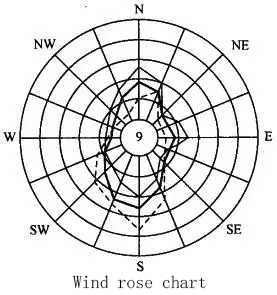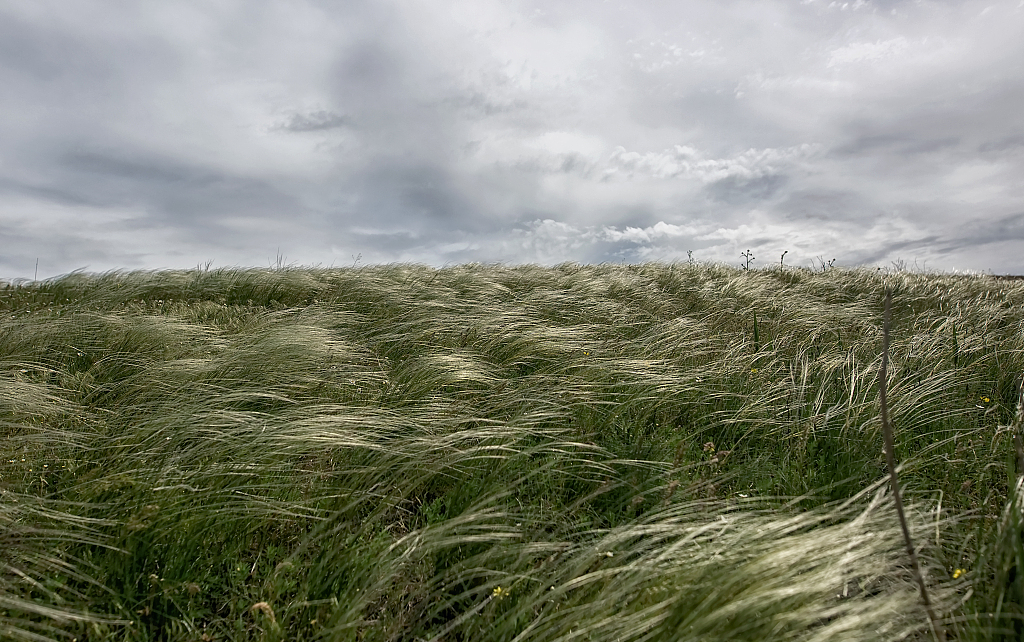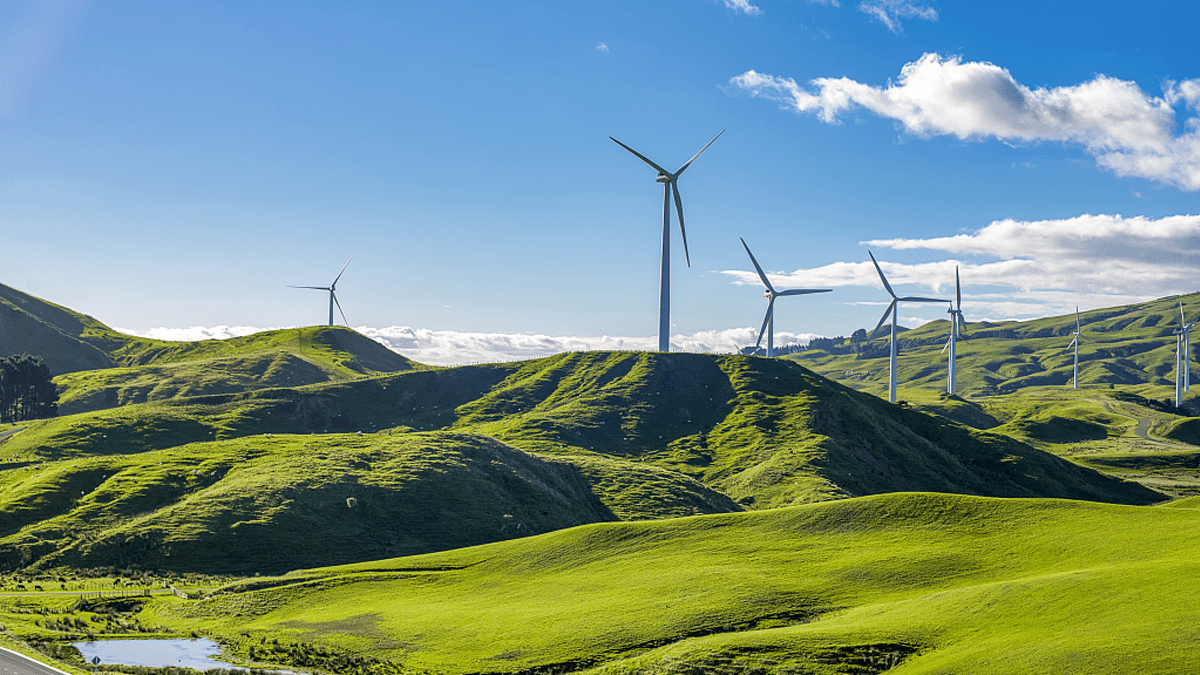Wind energy, wind energy density

Factors Affecting and Calculating Wind Power
Understanding Wind Energy and Wind Energy Density
Introduction:
Wind power refers to the energy carried by the wind, which is derived from the kinetic energy of the air. The amount of wind power available depends on two key factors: the speed of the wind and the density of the air.
The Relationship between Wind Energy and Wind Conditions
Conversion of wind power occurs through solar radiation, which delivers approximately 1.74×10^7 units of energy to the Earth every hour. Wind power accounts for a small percentage, around 1 to 2 percent, of the total energy supplied by the sun. Interestingly, wind power conversion is estimated to be 50 to 100 times greater than that of bioenergy processes.
Key Factors in Calculating Wind Power
The formula E = 1/2(ρtSυ³) is commonly used for calculating wind power. In this formula, ρ represents air density (kg/m²), t represents time (s), υ represents wind speed (m/s), and S represents the area of the section (m²). Wind power is primarily influenced by three factors: wind speed, the area through which the wind flows, and air density.
The magnitude of wind power (E) is directly proportional to the cube of the wind speed (υ³). Therefore, even slight changes in wind speed can significantly impact the amount of wind power generated.
The size of the area (S) through which the wind flows also affects wind power. For wind turbines, the power generated is proportional to the area swept by the turbine blades as they rotate. Typically, the diameter of the wind turbine is used as the primary parameter, and wind power is proportional to the square of the turbine’s diameter.
Air density (ρ) plays a role in wind power calculations as well. It refers to the mass of air (in kilograms) contained within a unit volume (in cubic meters). Air density values vary based on factors such as humidity, temperature, and altitude, which can be obtained from relevant data sources.

Understanding Wind Energy Density and Its Significance in Wind Power Generation
Wind power density represents the amount of wind power available per unit area. It is determined by the wind conditions in a specific location and the average annual wind power density.
In the context of wind turbines, wind power density refers to the kinetic energy of the air flowing through the unit cross-sectional area at a given speed (υ) within a one-second timeframe. It is typically expressed in units of watts per square meter (W/m²).
Wind power density is an essential factor in assessing the wind power potential of a location. It varies depending on the wind conditions and the average annual wind power density of a particular area.
Designing Wind Turbines for Local Wind Conditions
To optimize energy generation, wind turbines should be designed based on the local wind conditions. Design considerations include the design wind speed or rated wind speed, which represents the wind speed at which the turbine is designed to operate at its maximum power output. Wind turbines have a working wind speed range, spanning from the cut-in wind speed to the cut-out speed, known as the effective wind speed range.Learn more
Enhanced Wind Power Density and Operational Wind Velocity Range
Effective wind power density is calculated by considering the working wind speed range of wind turbines. This range corresponds to the wind speeds at which the turbine can effectively generate power. It is crucial to consider the annual average wind speed, which typically ranges from 3 to 20 m/s, and the average effective wind power density, which is often more than 100 W/m². These factors play a critical role in determining the wind resources available for wind power generation.
In summary
It is crucial to comprehend the elements that impact wind power and determine wind power in order to enhance the effectiveness of wind turbines. By taking into account factors like wind conditions,wind generation density, and design parameters, we can make the most of the plentiful wind resources at our disposal to produce sustainable and renewable energy.
Learn More:A review of wind energy technologies – ScienceDirect

